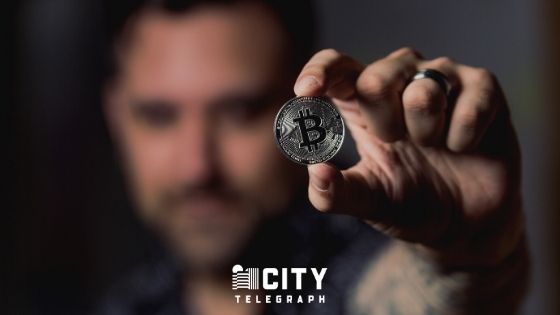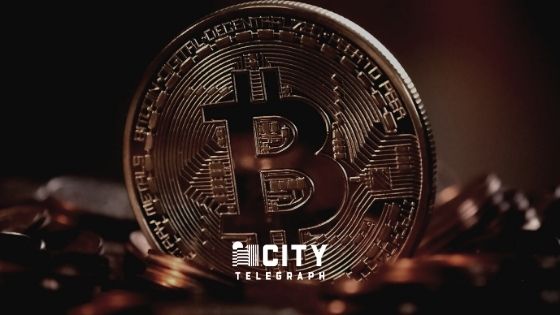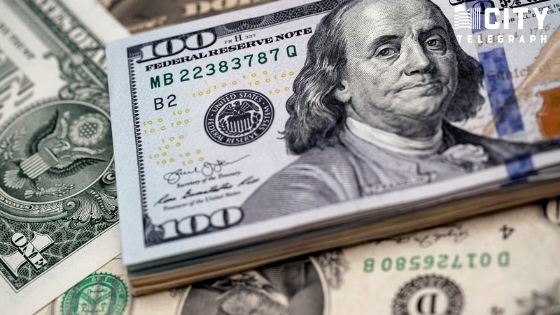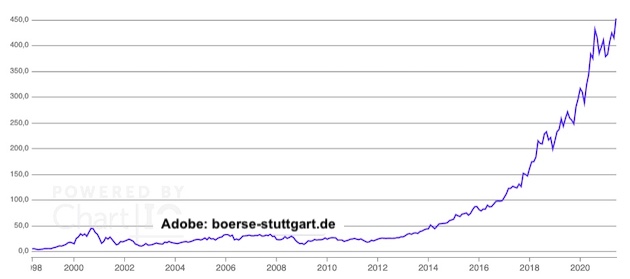Gold is generally considered a safe haven by investors, so that an investment in the yellow precious metal often serves to secure purchasing power in turbulent times. Investors who bring gold into their portfolio to protect against inflation, however, may get involved in a game of chance. Because the track record of the popular commodity is not flawless, as an analysis by Morningstar shows.
• Hardly any correlation between the development of the gold price and inflation
• Gold in the past with negative performance in times of high inflation
• Experts recommend other asset classes to protect against inflation
Rising US consumer prices are currently ensuring that inflation concerns are a key issue among investors in the stock market. Experts are also concerned. Deutsche Bank recently warned that inflation risks could develop into a global time bomb . If the fear of a devaluation increases in the market, the big hour for gold usually strikes . The precious metal is often used to hedge the deposit against inflation because its natural occurrence is limited, it is needed in industry and it cannot be devalued by monetary policy measures. Experts therefore believe that the price of gold will reach a new all-time high this year could. But the reputation of the yellow precious metal as a protection against inflation is possibly unfounded. Because, as an analysis of historical data shows, the raw material was anything but reliable in the past.
Expert: “Gold is not a perfect hedge”
In order for an investment to be seen as protection against inflation, its value should, according to “CNBC”, rise whenever inflation increases in the form of consumer prices. That’s not the case with gold, however, according to an analysis by Morningstar’s portfolio strategist Amy Arnottshows, which is available to the US medium. According to Arnott, the price of gold and inflation had a correlation of only 0.16 over the past 50 years. As a reminder: the closer the value for the correlation is to 1, the more likely two systems will develop in lockstep. However, a correlation of only 0.16 means that there is almost no relationship between the two values. “There is no guarantee that gold will also generate above-average returns if inflation rises,” said Amy Arnott, according to CNBC, in view of the data. In fact, the situation looks even grimmer. Because a look back at the past shows, according to the Morningstar strategist, that gold is “really not a perfect hedge”.
Inflation vs. gold price: historical performance leaves something to be desired
As part of her analysis, Arnott looked at three periods in the past 50 years when inflation was particularly high in the United States and examined the development of the gold price during these periods. In the years 1973 to 1979, for example, the average annual inflation rate was 8.8 percent, well above the target of two percent that the US Federal Reserve is currently targeting for the inflation rate. During this period, however, gold still lived up to its reputation as a safe haven, as an investment in the precious metal delivered returns of 35 percent according to the portfolio strategist. But a short time later the picture changed. As “CNBC” reports with reference to the study by Amy Arnott, gold investors lost an average of ten percent in the years 1980 to 1984, although the annual inflation rate of 6.5 percent was also very high in these years. Something similar could be observed from 1988 to 1991: While the inflation rate averaged 4.6 percent, gold lost around 7.6 percent of its value during this period.
According to “CNBC” these results suggest that investors who want to use gold as a hedge for their portfolio are making a risky bet. This is also underpinned by an analysis by “Seeking Alpha”. The website looked at the entire period from 1978 to 1995, as this was the period with the highest inflation rates since World War II, and came to the conclusion that the development of the gold price did not keep up with the US Consumer Price Index (CPI) could outperform them, as one would expect from a good inflation protection. Instead, the gold price was very volatile during this period and ultimately only gained around 71 percent, while the CPI rose by around 127 percent. According to “Seeking Alpha” between 1980 and 2000, the precious metal
Experts recommend these asset classes for hedging against inflation
Since gold has not proven to be a good hedge historically, Morningstar’s Amy Arnott recommends that investors worried about rising consumer prices consider other asset classes . Michael McClary, CIO of Valmark Financial Group, also advised CNBC with regard to gold that “not just buying it because you think inflation is coming”. In his opinion, better protection would be offered by a mixed portfolio consisting of stocks, REITs , commodities such as oil , in which one can invest via ETFs, and Treasury Inflation Protected Securities, or TIPS for short. The latter are special bonds that offer inflation protection and low interest payments.
Also Read:
As reported by “CNBC”, REITs and commodities in particular have a better track record than gold, according to Amy Arnott’s analysis. In the period from 1973 to 1979, REITs gained about 11.5 percent in value, while commodities rose by 19.4 percent. From 1980 to 1984 REITs rose by 20.4 percent and raw materials by 2.3 percent. And in the last period examined, from 1988 to 1991, REITs were up 9 percent, while commodities climbed 21 percent.
The long-term balance of gold is better
There is one consolation for all gold fans, however: the Morningstar analysis only looked at periods of a few years. According to Arnott, the long-term balance of gold as protection against inflation – measured over several decades – is much better and fits more with the reputation of the yellow precious metal as a safe haven: “If you look at very long periods of time, then gold should maintain its value against inflation “said the strategist according to” CNBC “. “But in any shorter period of time, it may or may not be a good hedge.”


![Battlegrounds Mobile India (BGMI) How to Install with APK and OBB File [Updated for Android] - feature](https://citytelegraph.com/wp-content/uploads/2021/06/Battlegrounds-Mobile-India-BGMI-How-to-Install-with-APK-and-OBB-File-Updated-for-Android-feature.jpg)









